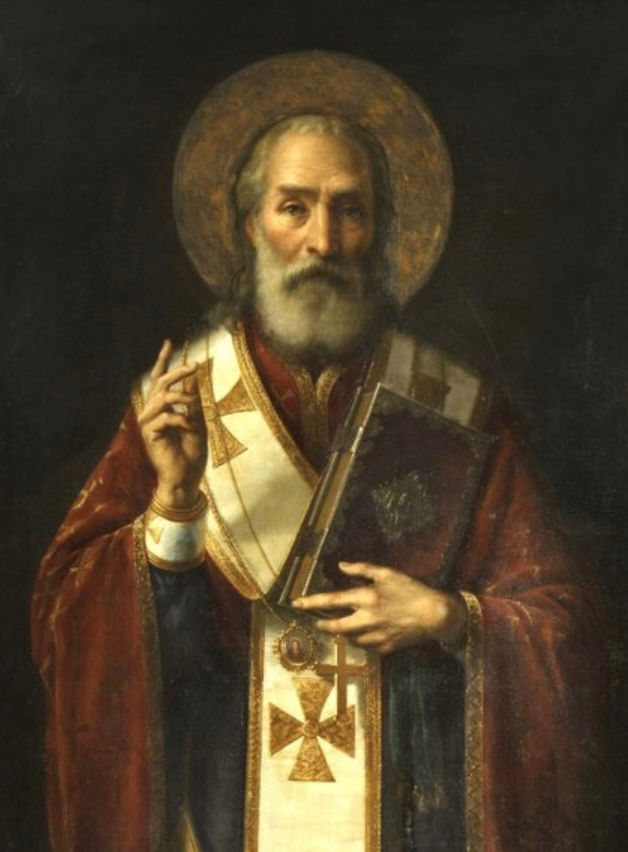How to Celebrate the Feast of St. Matthew
- ashleytumlinwallac
- Sep 18
- 4 min read

On September 21st, Christians around the world will celebrate the Feast of St. Matthew, honoring the remarkable story of one of the Twelve Apostles, who was once a despised tax collector but later became a beloved disciple, Gospel writer, and witness to the resurrection.
Matthew’s life is a powerful testimony to transformation. When Jesus called him, Matthew left behind a career rooted in greed and social exclusion and stepped into the heart of God’s redemptive story. His feast gives us the opportunity to pause and reflect on mercy, vocation, and the joy of being called to follow Christ.
Matthew or Levi?
In the Gospels of Matthew, Mark, and Luke, we meet this apostle at his calling, and you may notice he’s referred to by two names: Matthew and Levi, son of Alphaeus. This dual naming isn’t unusual for the time. Like many Jews living in a Greek-speaking world, Matthew likely had two names—"Levi" in Hebrew and "Matthew" in Greek or Latin, just as Saul was also known by the name Paul.
Some scholars, though, suggest something more symbolic. The name Matthew means “gift of Yahweh”, and it may have been given or adopted after his conversion, reflecting his new identity as a disciple. Throughout the rest of Scripture and in Church tradition, he is remembered as Matthew, a name forever tied to the Gospel he would go on to write.
The Call of St. Matthew
A Tax Collector in Roman Judea
Before his encounter with Christ, Matthew served as a tax collector under Herod Antipas. In first-century Judea, tax collectors (or publicans) were seen as traitors and sinners, collaborators with Rome, often guilty of extortion, and considered ritually impure due to their contact with Gentiles.
Their income was viewed as dishonest and unclean, and their presence unwelcome in both the temple and polite society. It’s no surprise that they’re frequently listed alongside “sinners” in the New Testament.
Jesus’ Radical Mercy
Against this backdrop, the moment Jesus calls Matthew is nothing short of scandalous. He sees him sitting at the customs booth and simply says, “Follow me.” Matthew immediately rises and leaves everything behind.
That same day, Jesus shares a meal in Matthew’s home, surrounded by other tax collectors and sinners. The Pharisees, shocked, demand an explanation. But Jesus responds with words that echo through every generation:
“Those who are well have no need of a physician, but those who are sick… I came not to call the righteous, but sinners.”(Matthew 9:12–13)
This is the heart of Matthew’s story, and of the Gospel he would go on to proclaim: Christ came for the outsider, the broken, the unlikely.
The Ministry and Legacy of St. Matthew
After the resurrection and Pentecost, Matthew remained with the other apostles in Jerusalem and eventually traveled to share the Good News. Early Church writers like Irenaeus and Clement of Alexandria suggest he preached first to the Jewish community and later in lands as far as Ethiopia, where tradition holds he was martyred.
One early legend tells of his confrontation with King Hirtacus, who tried to force a consecrated virgin, Ephigenia, into marriage. Matthew defended her, and for that, he was put to death, laying down his life in the very act of preaching the Gospel.
Of course, his most lasting legacy is the Gospel of Matthew, the first book of the New Testament. It’s rich with references to the Old Testament and deeply rooted in Jewish tradition. His Gospel proclaims with clarity that Jesus is the long-awaited Messiah.
Artists often depict Matthew as a winged man or angel, one of the four living creatures from Revelation 4:7, symbolizing his role as a Gospel writer (Evangelist).
Ways to Celebrate the Feast of St. Matthew at Home
Here are a few simple and symbolic ways to mark his feast day, at home, around your table, and in your heart.
Read Scripture
Read Matthew’s calling: Matthew 9:9–13 or Mark 2:13–17.
Reflect on Jesus’ words: “I desire mercy, not sacrifice.”
Enjoy Grapes or Grape Juice (or Wine!)
In Logroño, Spain, the Fiestas de San Mateo coincide with the grape harvest. Celebrate with grapes, grape juice, or wine as a nod to the abundance of God’s mercy, and the joy of the season.
Have a Pay Day
Serve Pay Day candy bars or chocolate coins as a lighthearted reminder of Matthew’s past and the “treasure in heaven” he chose instead.
Play Monopoly or Life
A family game night with Monopoly or Life can spark conversation about money, generosity, and what it means to walk away from worldly success to follow Christ.
Pancake Stacks
Stack up little pancakes to resemble coins!
Let’s Get Ready Together
The Feast of St. Matthew is a beautiful reminder that no one is beyond the reach of God’s mercy, and that a single “yes” to Jesus can transform everything.
As you prepare to celebrate at home, I’ll be sharing all the recipes, activities, and ideas you need to mark this feast in meaningful and memorable ways. Let’s continue walking together through the liturgical year, anchored in Scripture, tradition, and joy.
the recipe -

St. Matthew’s Day Coin Pancakes
1 egg
3 Tablespoons butter, melted
1 cup flour
1 Tablespoon sugar
½ teaspoon salt
1 teaspoon baking soda
1 cup buttermilk
Melt the butter. When cool, blend in the egg. In a separate bowl, whisk together the dry ingredients. Add the egg, butter, and buttermilk to the dry ingredients. Whisk until smooth. Heat a griddle to medium-low heat. Melt 1 tsp of butter in the griddle. Pour out the batter, making small circles. Flip when golden brown. Drizzle with honey or syrup.



Comments